Key information (April 27, 2022)
- Circulating Supply — 1,842,476,269 MANA
- Total Supply — 2,193,687,027 MANA
- Sector — Virtual and Augmented reality
- Token Type — ERC-20
- Token Usage — Payments
- Consensus Algorithm — n/a
- Launch date: 20.02.2020
- All-time high — $5.84
- ATH Date — November 25th, 2021
What is Decentraland?
Decentraland is a fully decentralized virtual reality platform also referred to as Metaverse built on the Ethereum blockchain. Anyone can join, participate and build a virtual world of their choosing.
The community forever owns the Land, and they oversee their own creations. The Land in Decentraland is regarded as non-fungible (NFT); it cannot be transferred to others. It is considered a scarce digital asset whose value will rise in price over the long run. The assets in Decentraland are stored in smart contracts on Ethereum. You can purchase the assets employing the ERC-20 token MANA (a native Decentraland coin).
Those who own MANA are the actual owners of the Decentraland.
History and development of Decentraland
The Decentraland team gathered together and started working on the project in 2015. The prominent people behind the project were two Argentinians, Ari Meilich and Esteban Ordano. The adoption of cryptocurrencies was nowhere in sight yet, and the blockchain infrastructure for creating products that consumers would like was very primitive back then. However, soon, the adoption started gathering pace.
The number of users of decentralized systems started growing by leaps and bounds, and it created a demand for virtual reality products such as Decentraland. The company organized an ICO (initial coin offering) and collected $26 million in 2017. Thus, the project got a fair share of crypto/blockchain userbase that got actively involved in creating Decentraland.
The company started storing models and textures on the blockchain right from the beginning. They also used the Ethereum blockchain for integration to give their users the possibility to create decentralized applications on their platform. The acceleration of adoption bore its fruits as the digital land parcels of Decentraland cost only $20, and in the first half of 2021, they fluctuated between $6,000 and $100,000. At the end of 2021, the number of users of Decentraland reached 500,000.
Decentraland was developed in stages. It started with the Stone age in 2015. That’s when they tested the proof of concept of ownership of non-fungible tokens. The company created a 2D grid of pixels. Each pixel had metadata that helped to identify the owner. The metadata also detailed the coloration. After mining a block, the user would be rewarded with a pixel at specific coordinates recorded in the block’s template.
Source: medium.com
In 2016, the company created a Bronze age, which was a virtual world divided into multiple land parcels. The next stage will be the Iron Age. At this point, the creators want the community to experience land ownership and be able to distribute their content. The developers will be able to create their own applications, share them with other users, and make money.
In the Iron Age, peer-to-peer communications will be practiced. Due to advanced technology, Decentraland makes content sharing interactive, and cryptocurrency payments quick. They expect to implement a low fee payment system for the growth and expansion of the economy, which is possible due to the scripting system. Similarly, worldwide, instant and cost-effective p2p payments will result from the system. The secondary market will be available for land ownership and rentals.
Bronze Age. Structures created by the community
Source: decentraland.org
The team and contributors behind Decentraland
Esteban Ordano and Ariel Meilich created and outlined the vision of Decentraland. However, they were not alone but got contributions from such tech pros as Chris Burniske (ARK Invest), Michael Bosworth (Google), Simon de la Rouviere (ConsenSys), Jesse Walden (Mediachain/Spotify), Jon Choi (Dropbox), Jake Brukham (CoinFund), and others.
A few years passed by from the initial ICO, and the team was able to materialize their vision. At the beginning of 2020, the Decentraland became available to the public. The Decentraland offers complete access to the public right from the start. It was a crucial element in the project’s launch so no one could alter the rules that governed the code stack of Decentraland.
Business Cases
Decentraland is used for applications, content curation, advertising, digital collectibles, and socials.
Applications and Content Curation
A scripting language is a fantastic tool for developing the Decentraland. With the help of the scripting language, users can create objects, make payments, and encode interactions and sound. Utilizing the language, developers can create applications, dynamic 3D imagery, various games, and even gambling.
Decentraland will attract many people with similar interests. The content created on Decentraland should rise in demand and become famous as time passes by.
Digital Collectables
The scripting system backs the publishing, distribution, and collection of digital assets. The users create and exchange on the blockchain platform. Decentraland becomes a digital marketplace where creators sell digital assets and make their work known in the Metaverse.
Social
Decentraland is a place of social gatherings. Various online forums, platforms, gaming communities, and social networks can integrate their communities into this virtual world. Even offline communities can find their fair share of the Decentraland.
An overview of the Decentraland protocol
The Decentraland protocol consists of three layers:
- Consensus – trails possession of land parcels and content related to it
- Land content – digital asset downloading by a decentralized administration process
- Real-time – empowers users to connect to each other
The consensus layer is responsible for proving land possession. Land content is attributed through a hash of file content. Using this attribute or reference, allows content to be downloaded from IPFS or BitTorrent. The file holds a representation of objects and other metadata necessary to portray the scene. It also has an URL that connects users to a separate server. The figure below illustrates how the experience of Decentraland is generated for the users.
Decentraland protocol diagram
Source: decentraland.org
Two more systems will be used to develop the Decentraland economy:
Payment Channel Infrastructure allows quick and cost-effective payments.
Identity System helps users to identify who owns digital creations of Decentraland.
LAND and the MANA tokens
With the introduction of the first stage of Decentraland, the Iron Age brought in two digital coins: LAND, a digital asset representing non-fungible parcels. The second token is MANA, which belongs to the category of ERC-20 tokens.
The LAND token has a few exceptional use cases, namely host applications and the identity mechanism. Content creators need LAND tokens in order to build on them and get to their audience. You can trade LAND tokens at the exchange rate of 1,000 MANA to 1 LAND. However, LAND parcels differ in their value because of their position and traffic.
The MANA token functions as an agent to evaluate the cost of a new parcel of LAND. Another use case for MANA is purchasing goods and services in the Metaverse.
The Decentraland Marketplace
Source: Decentraland.org
The Decentraland Marketplace is an inseparable part of the Decentraland. Platform users can buy and sell a wide range of items. The marketplace can become the biggest online marketplace for buying and selling digital assets.
In order to use the marketplace, go to the Decentraland homepage and click “marketplace”. Alternatively, you can get there by clicking the M button on the top of your navigation menu.
Tokenomics and token distribution
The project’s initial coin offering (ICO) took place in 2017. The issued tokens were divided into four segments. The team, early contributors, and advisors will all get 20 percent of the initial supply.
Those that participated in the crowdsale get 40 percent of the initial supply. 20 percent of the tokens are put aside to incentivize early users, developers, and partners to create the Decentraland. Decentraland will hold the remaining 20% of the tokens.
Source: medium.com
Find out more about the Decentraland
On CEX.IO, you can buy, hold, and trade MANA tokens on the spot trading page, currently only with USD. Similarly, you can buy, hold and invest in the token on our instant Buy/Sell page using your VISA or Mastercard with USD currency.

You can get bonuses upto $100 FREE BONUS when you:
💰 Install these recommended apps:
💲 SocialGood - 100% Crypto Back on Everyday Shopping
💲 xPortal - The DeFi For The Next Billion
💲 CryptoTab Browser - Lightweight, fast, and ready to mine!
💰 Register on these recommended exchanges:
🟡 Binance🟡 Bitfinex🟡 Bitmart🟡 Bittrex🟡 Bitget
🟡 CoinEx🟡 Crypto.com🟡 Gate.io🟡 Huobi🟡 Kucoin.
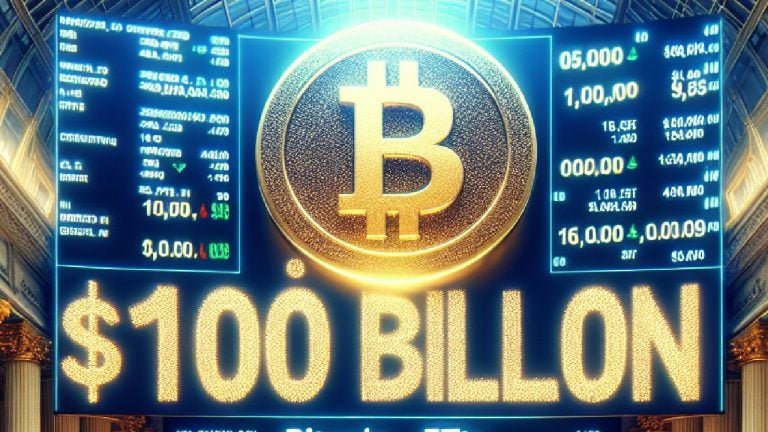
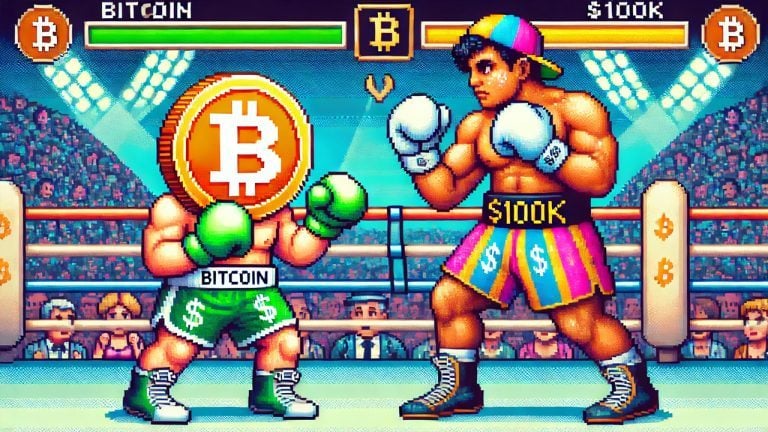

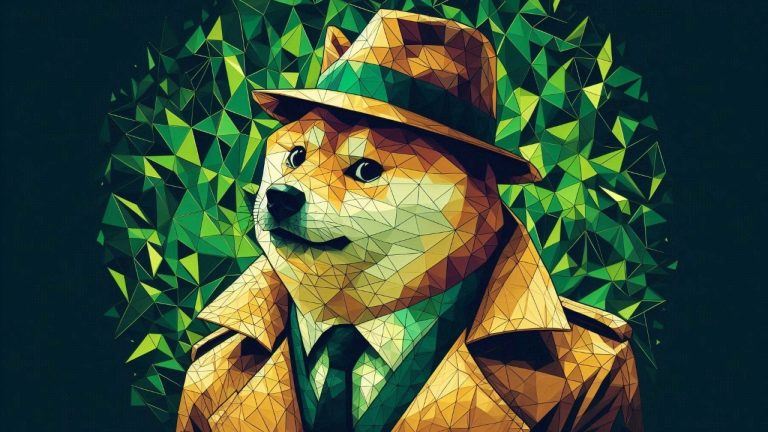

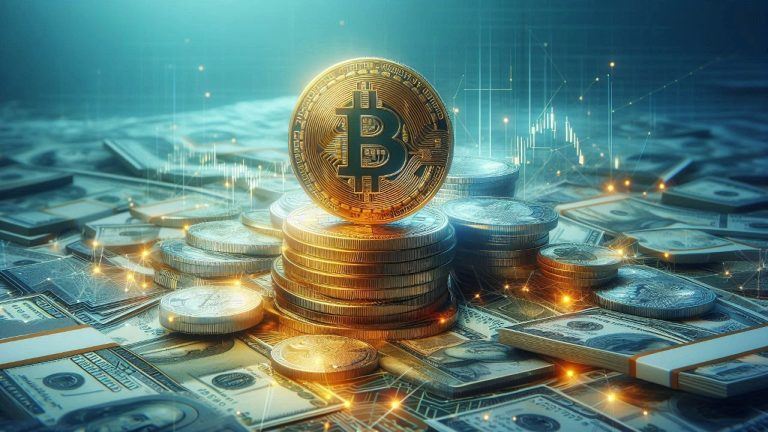
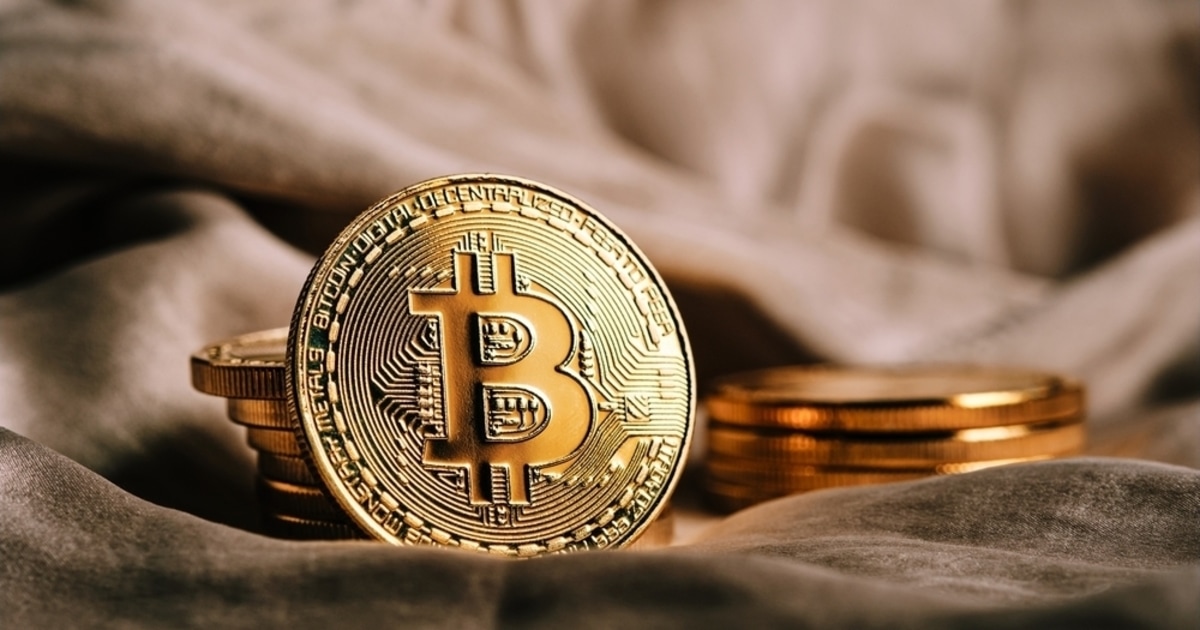
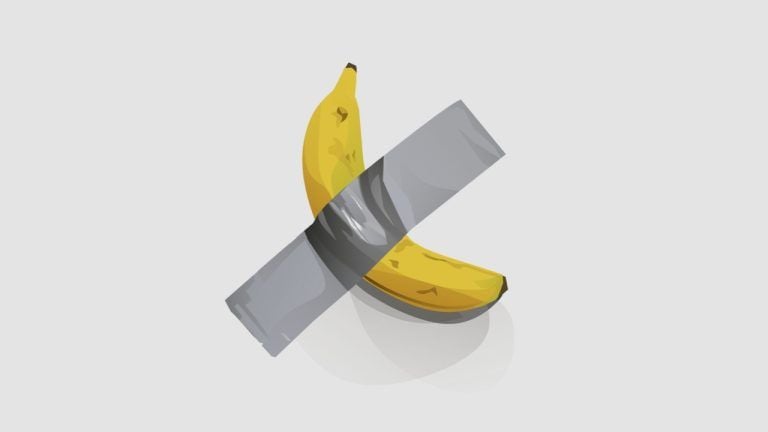
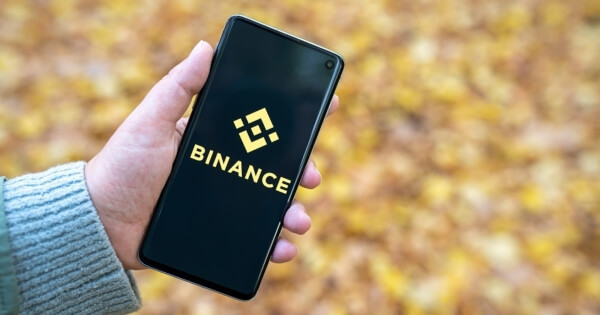
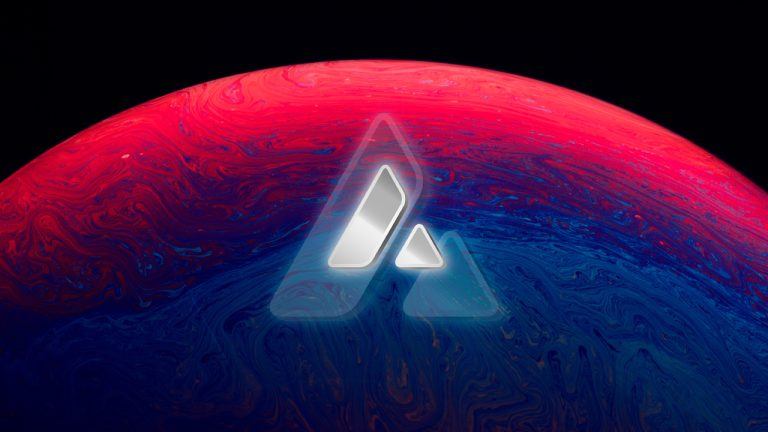
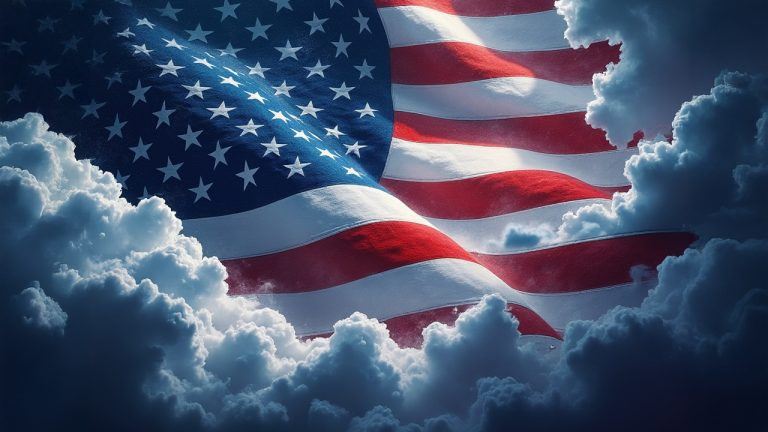
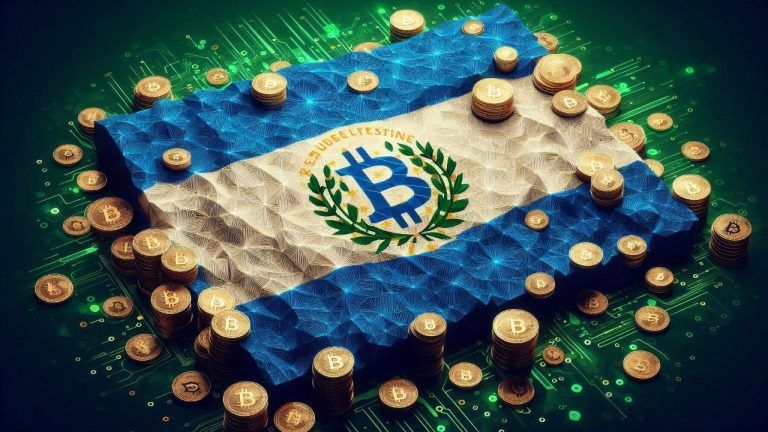
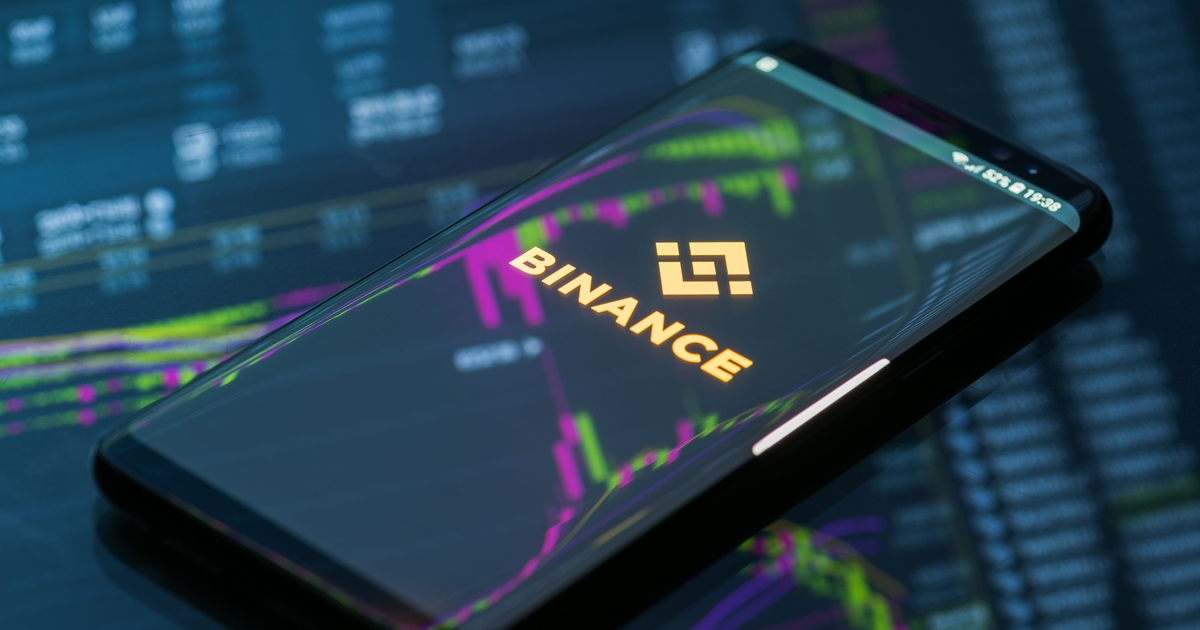
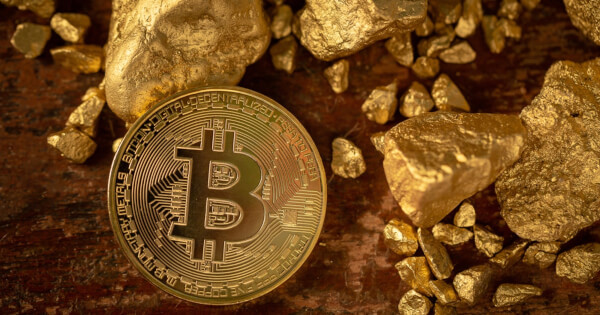
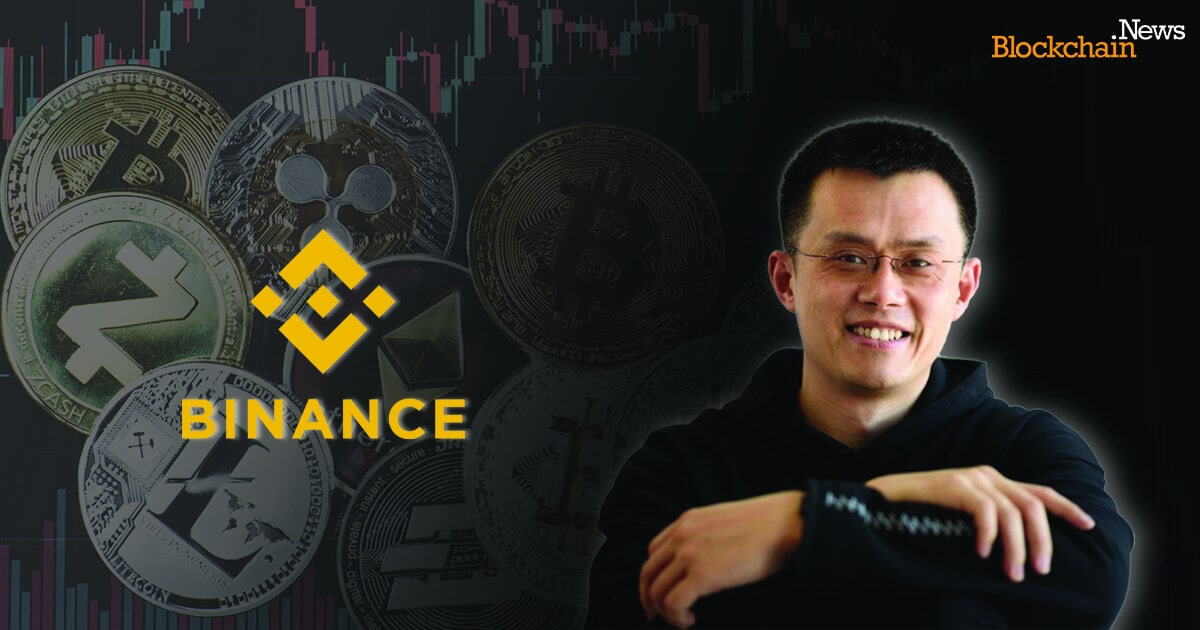


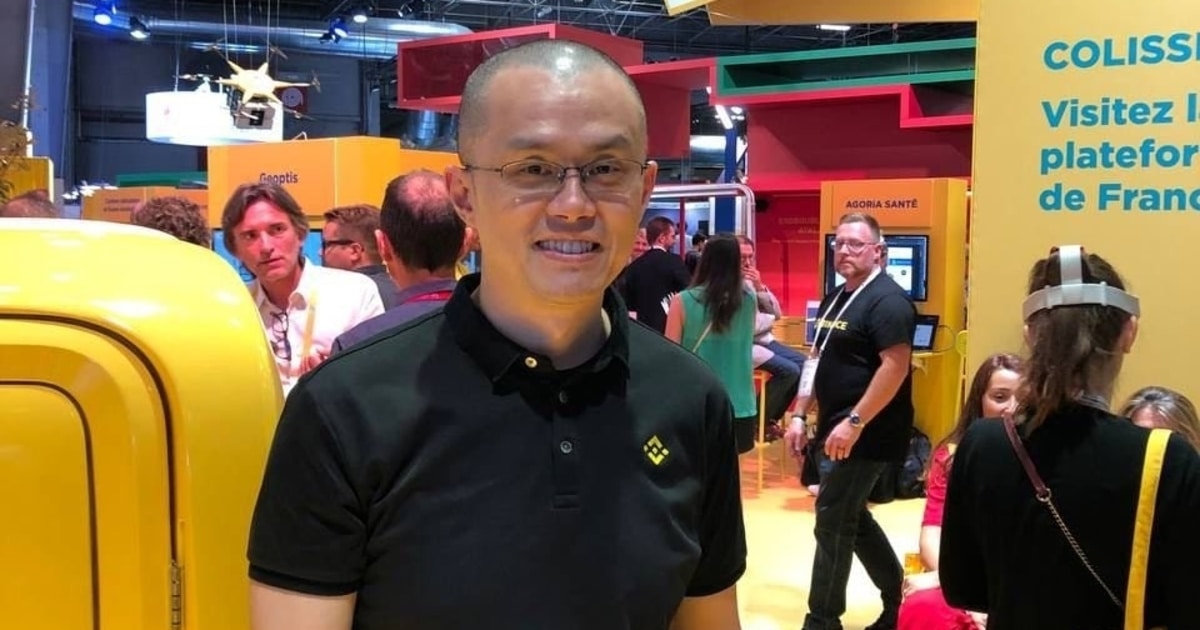
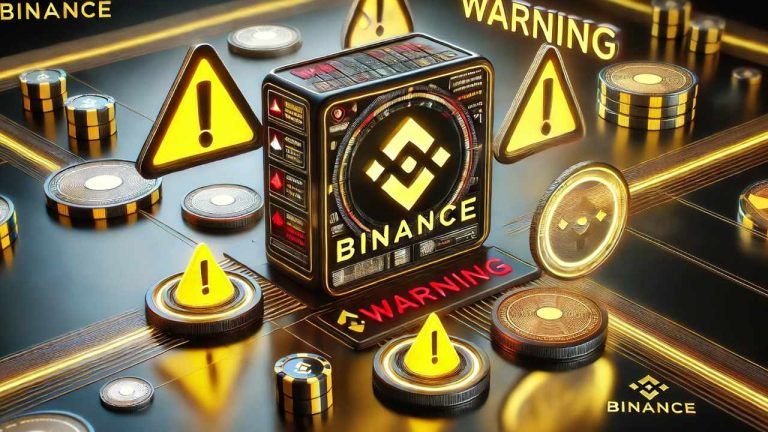
Comments